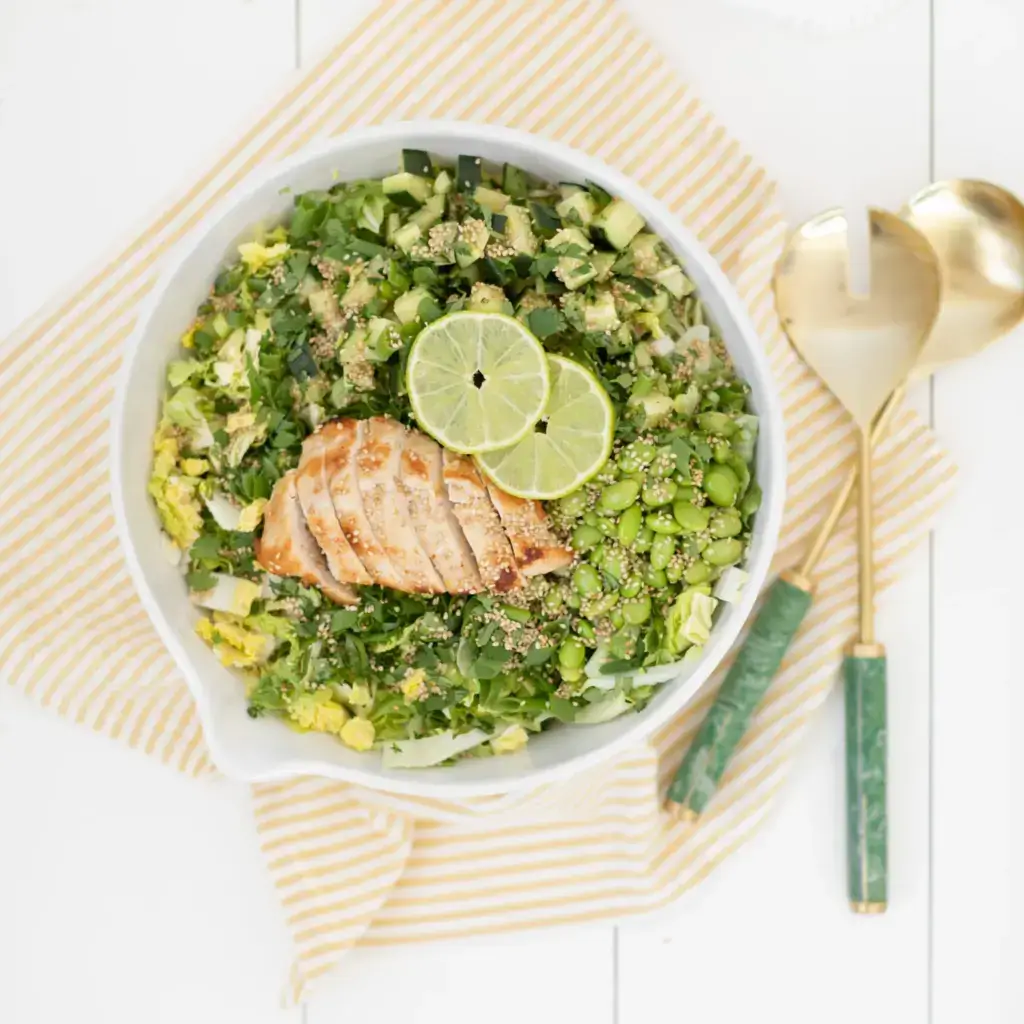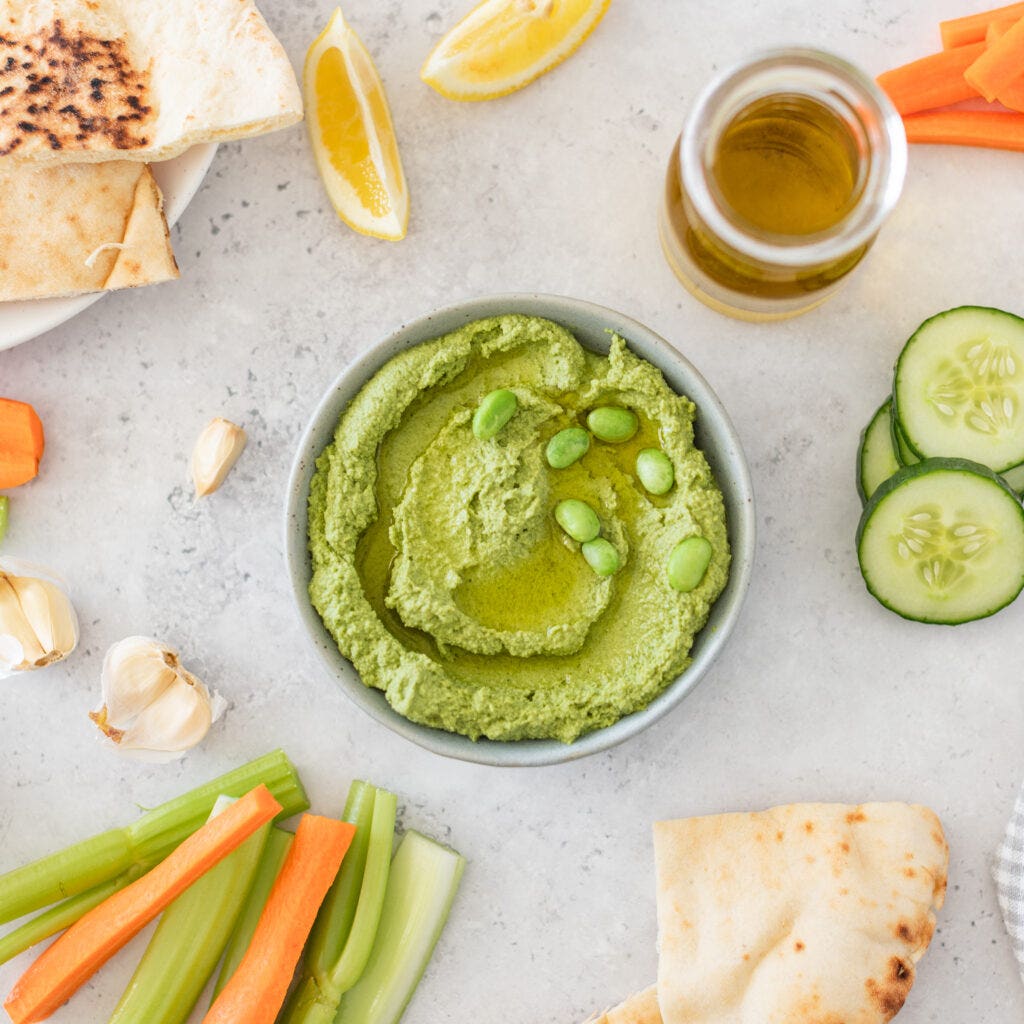Did you know there are simple food swaps you can incorporate into your diet to help give your body an extra protein boost? Here are my 6 dietitian-approved high protein swaps!
Protein plays a huge role in our health, and is one of the three main macronutrients, along with carbohydrates and fat, that we need to survive and function. I recommend including a good source of protein in each meal to help keep you feeling satisfied and to help maintain a healthy body weight. If you’ve ever wondered things like: What is protein? How much do I need? What is the best source? Then head HERE!
Find High Protein Recipes
If you’re reading this, chances are you are interested in prioritizing protein in your diet. Do you need help finding recipes to help you meet your protein needs FAST?! With Fraîche Table they’re right at your fingertips! Filter in the Recipe Library by ‘high protein’ to find recipes with 20 grams of protein (or more).

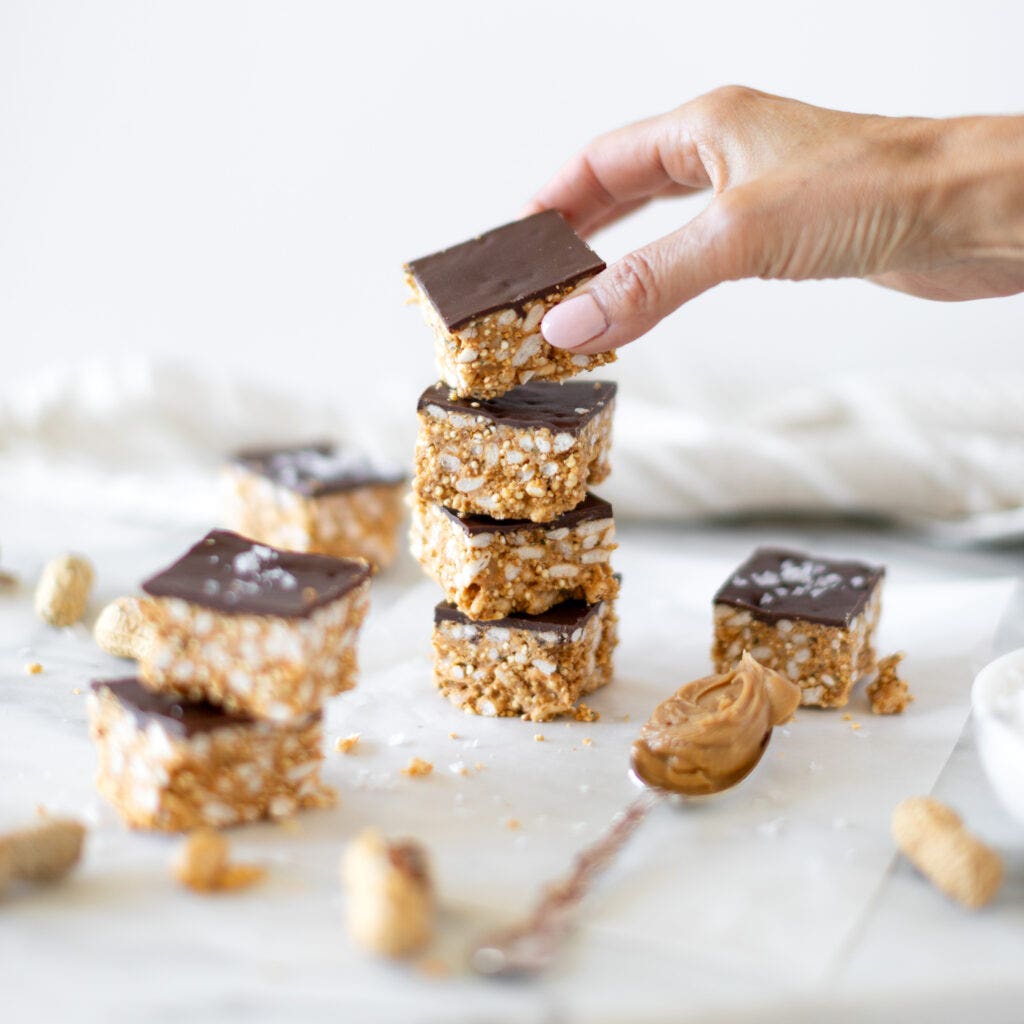
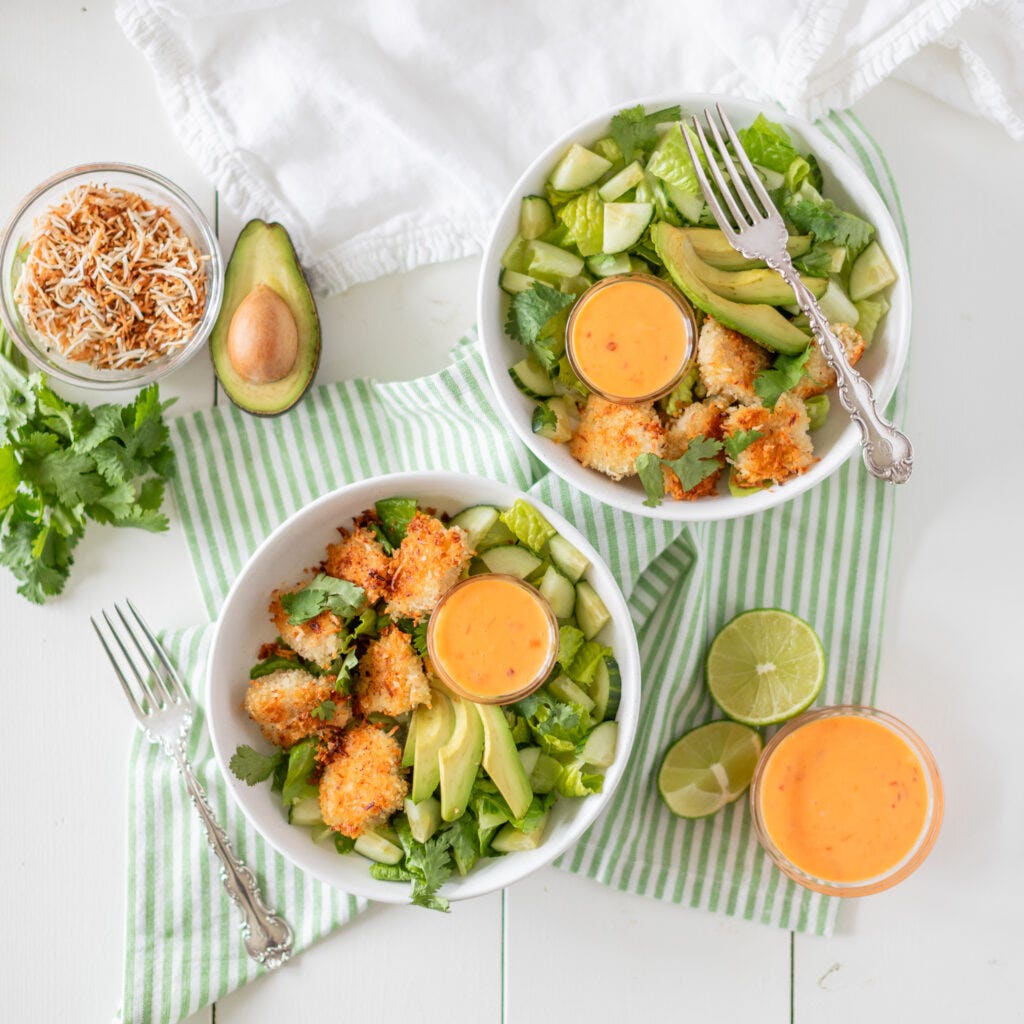
6 High Protein Swaps
1. Cottage Cheese Instead of Cream Cheese
Cream cheese is a popular spread, but it’s low in protein. Swap it for cottage cheese. Cottage cheese not only provides a creamy texture similar to cream cheese when blended (you can drain it first to make it thicker) but also packs a significant protein punch. You can use it on bagels, toast, or as a dip.
2 tablespoons of cream cheese: 1.8 g
2 tablespoons of cottage cheese: 5 g
2. Nut Butters Instead of Butter
Swapping out regular butter for nut butters like almond butter, peanut butter, or cashew butter can significantly increase your protein intake. Nut butters are rich in protein, healthy fats, and essential nutrients. Spread them on toast, add them to smoothies, or use them as a dip for fruits and veggies (I love apples with almond butter or celery with peanut butter).
1 tablespoon of butter: 0.1 g protein
1 tablespoon almond butter: 3.4 g protein
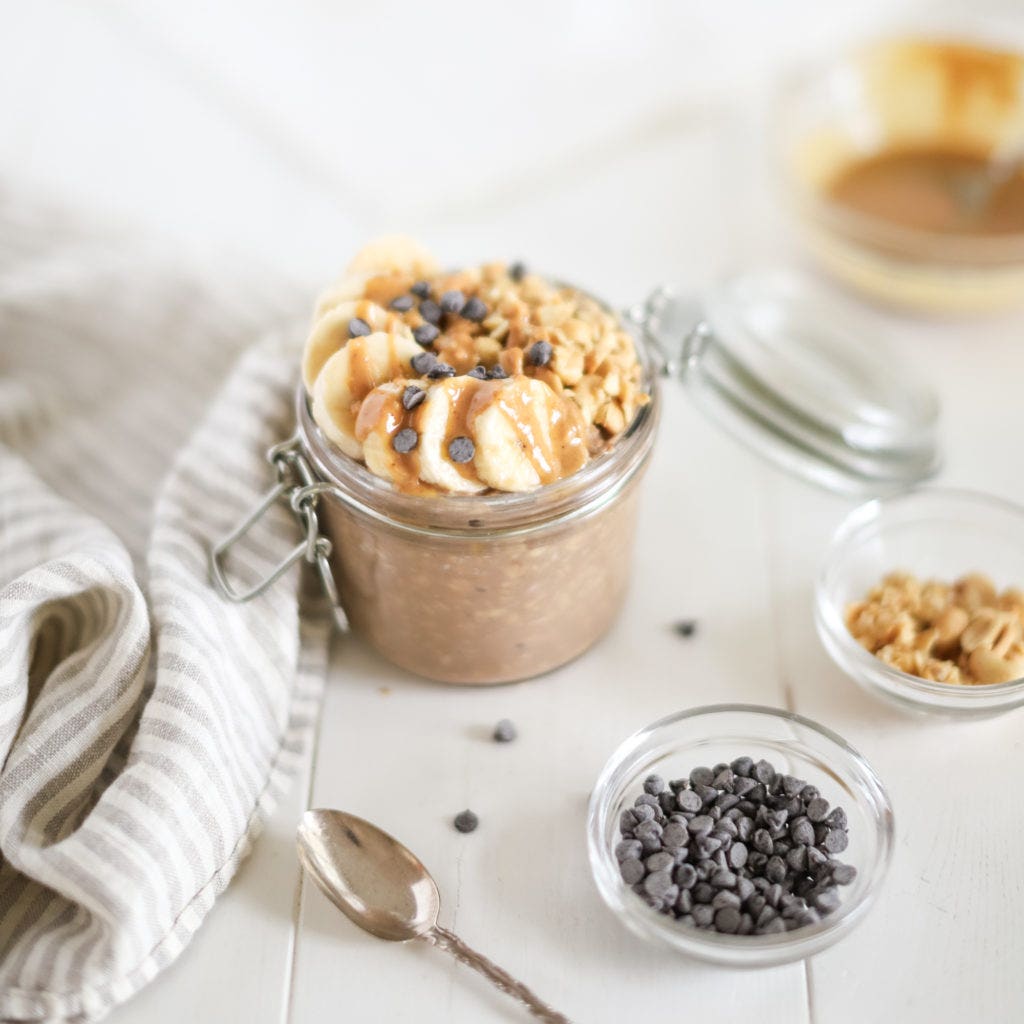
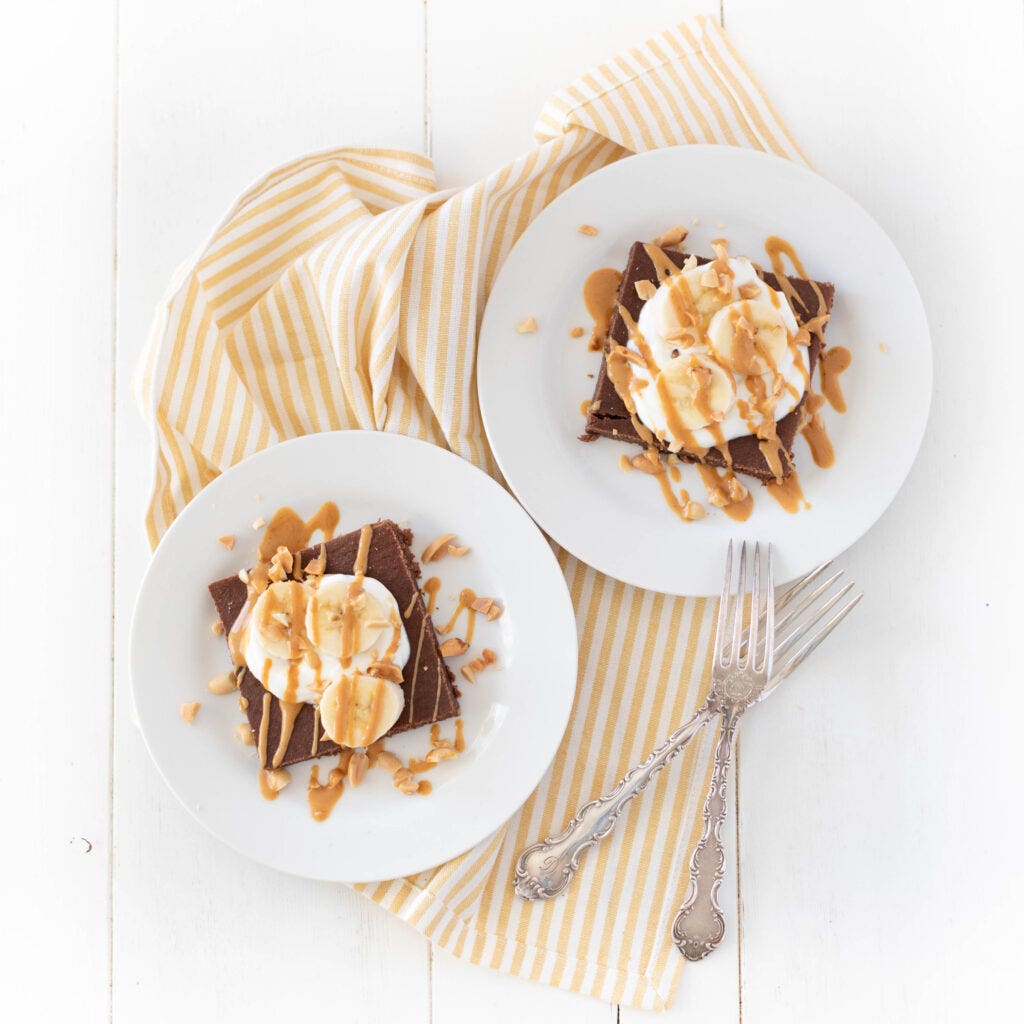
3. Quinoa Instead of Rice
Rice is a staple in many diets, but swapping it out for quinoa can give you a protein and fibre boost. Quinoa is one of the rare plant sources of complete protein, meaning it contains all nine essential amino acids that your body needs. It’s a perfect side dish, salad base, or addition to a wrap. Or try it in granola or baked as a crunchy salad topper!
1/2 cup rice: 2.2 g protein
1/2 cup quinoa: 12 g protein

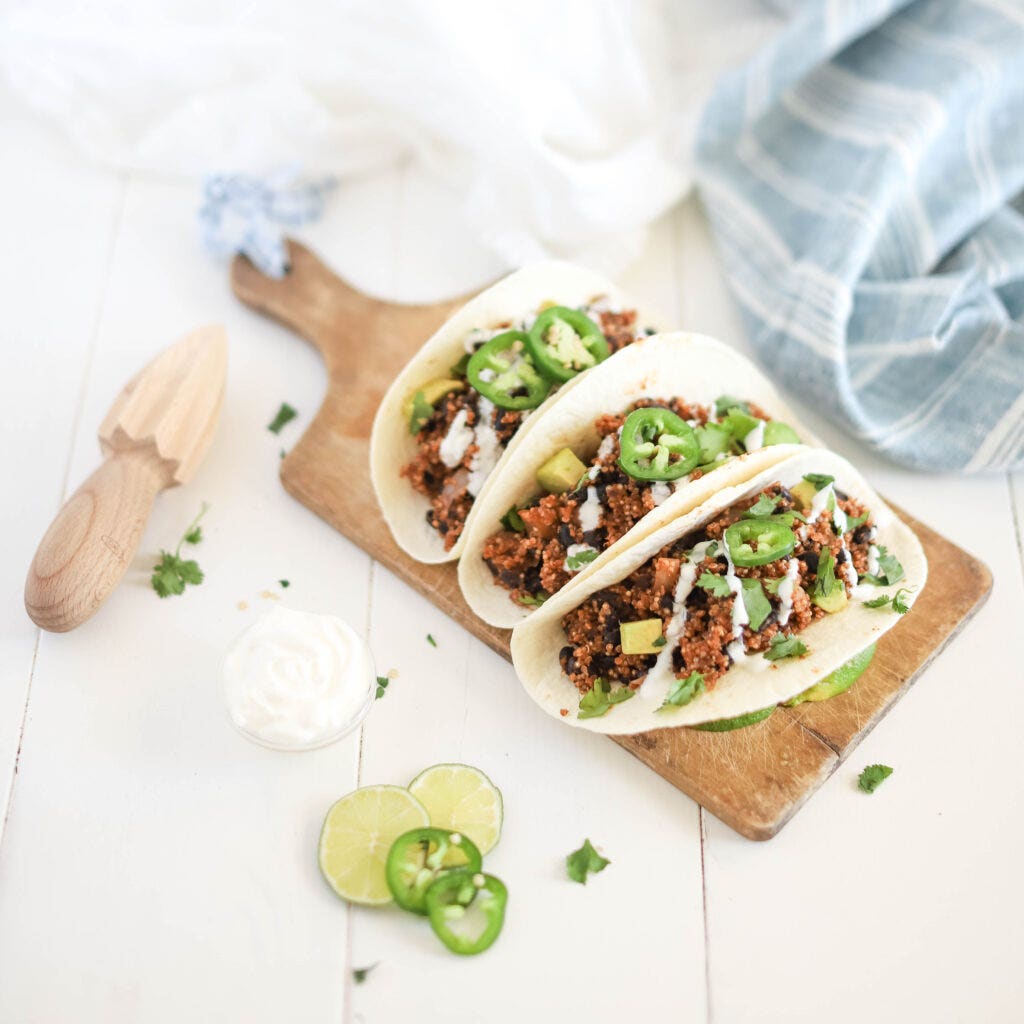

4. Greek Yogurt Instead of Regular Yogurt
Greek yogurt is a fantastic alternative to regular yogurt. It’s thicker, creamier, and contains about twice the protein. Use it in smoothies, parfaits, or as a base for your morning granola. Plus, it’s versatile enough to be used in savoury dishes as a substitute for sour cream or mayonnaise.
1/2 cup regular yogurt: 3.6 g protein
1/2 cup Greek yogurt: 6.8 g protein
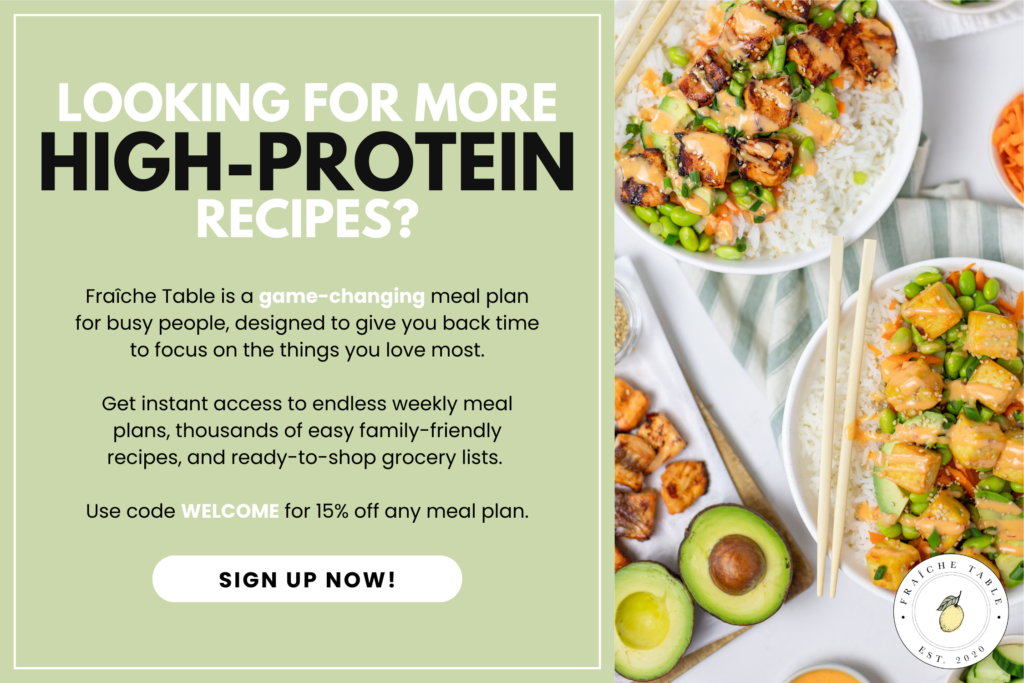
5. Hummus Instead of Mayo on Sandwiches
Mayonnaise is a standard sandwich spread, but it’s low in protein. Swapping mayo for hummus not only increases your protein intake but also adds a delicious, creamy texture to your sandwiches. Hummus is made from chickpeas which are rich in protein and fiber. Use it on sandwiches, wraps, or even as a base for avocado toast.
1 tablespoon mayo: 0.1 g protein
1 tablespoon hummus: 1.2 g protein
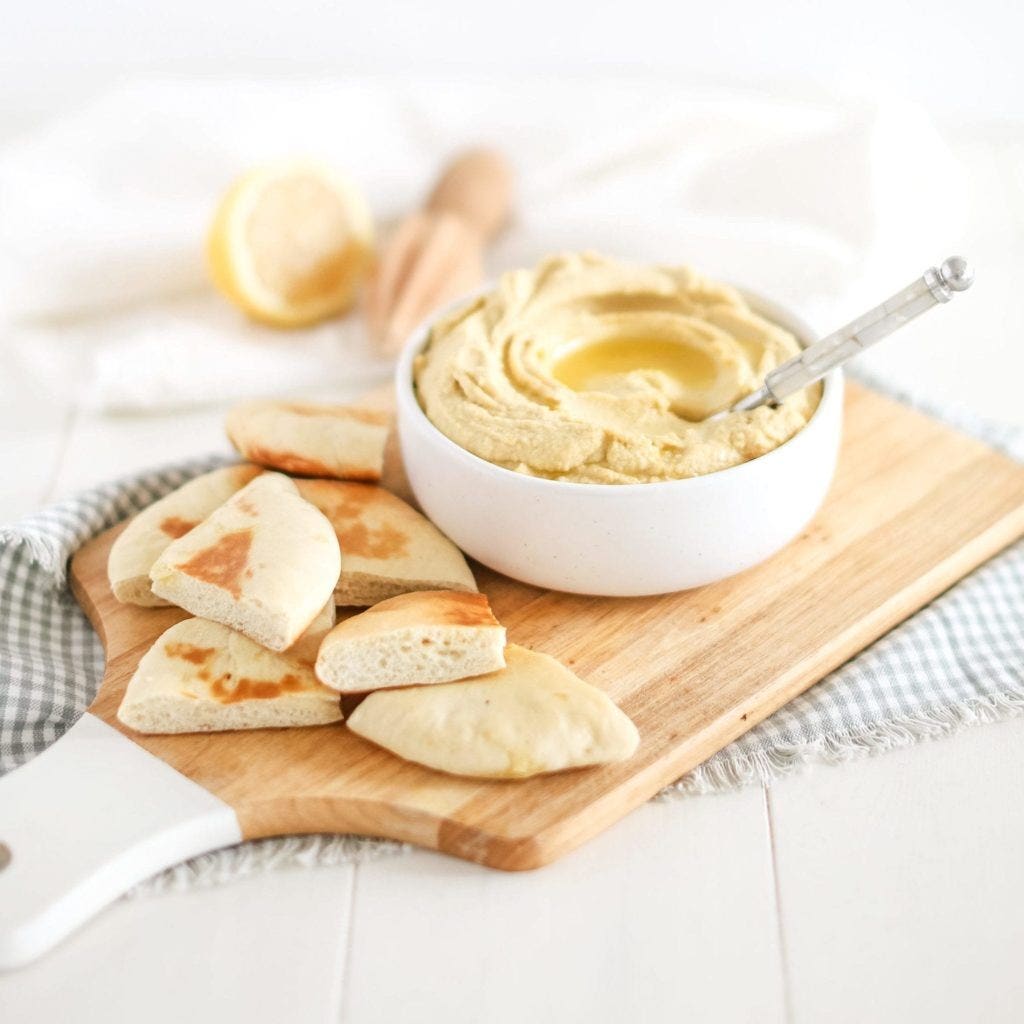
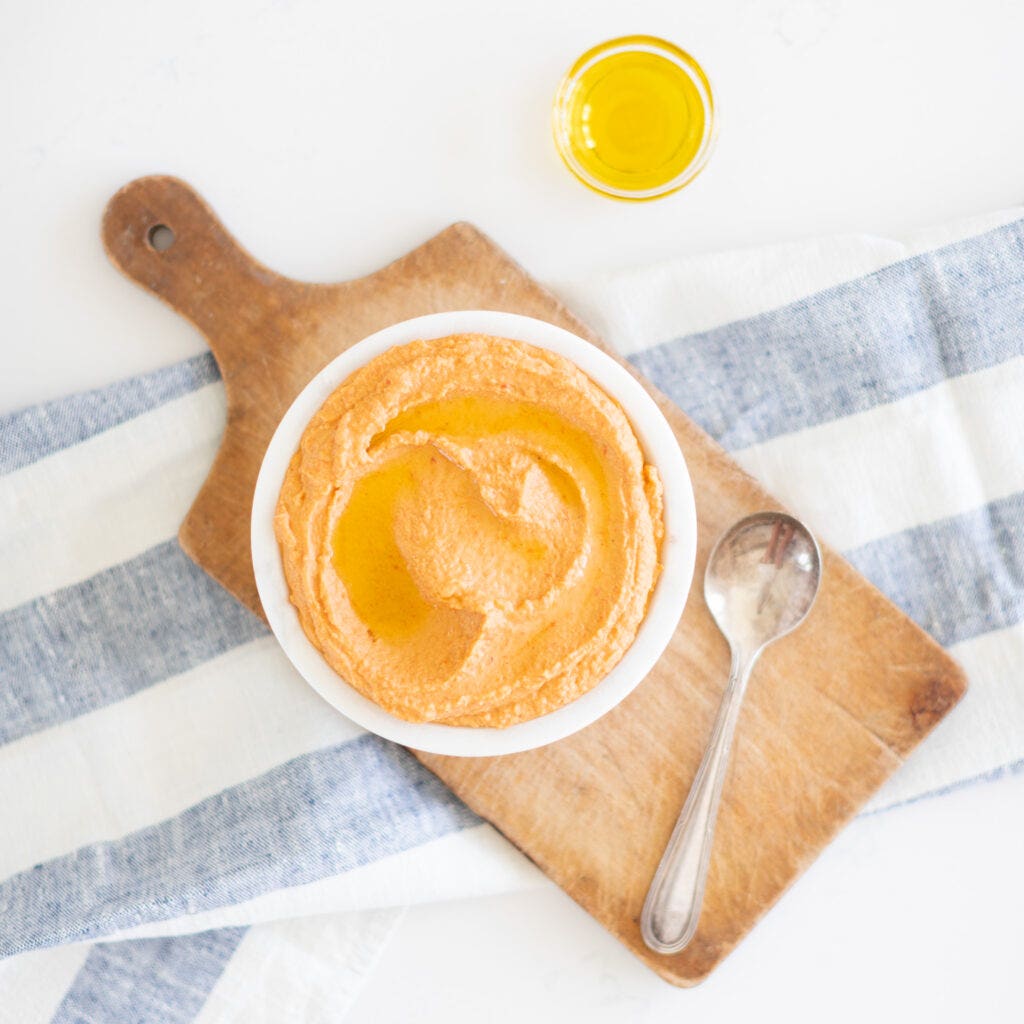
6. Edamame Instead of Peas
Peas are a common vegetable in many dishes, but edamame (young soybeans) can be a great higher-protein alternative. Edamame is not only rich in protein but also contains essential vitamins and minerals. Add them to salads, bowls, or enjoy them as a snack with a sprinkle of sea salt. Some favourites in the Recipe Library are this Edamame Dip, Bang Bang Salmon Bowls, and Edamame Crunch Salad.
1/4 cup peas: 1.7 g protein
1/4 cup shelled edamame: 3.3 g protein
